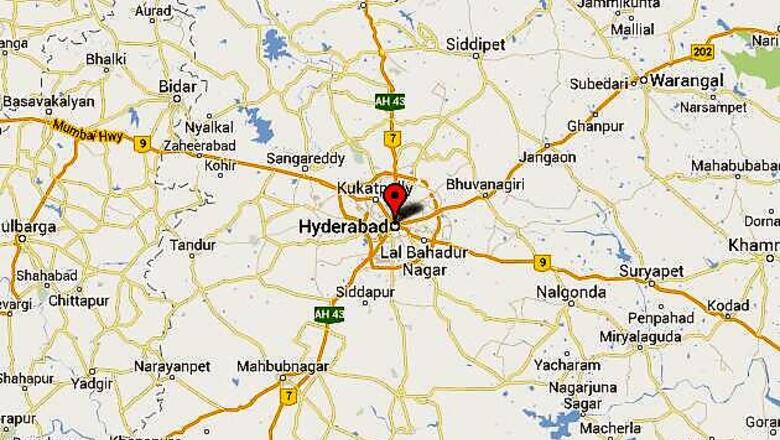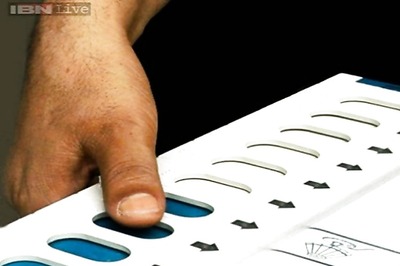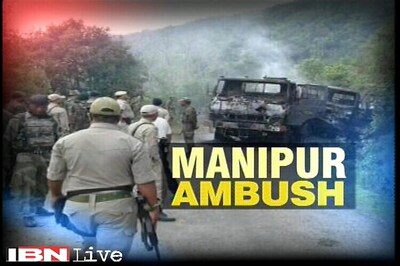
views
The year 2013 would go down in golden letters in the history of Telangana as the Congress-led government at the Centre put its seal of approval to carve out a new state by splitting Andhra Pradesh.
But the move erupted largescale protests in Seemandhra, provoking six Congress Lok Sabha MPs to embarrass their own government by giving a notice to move a no-confidence motion in Parliament, a few weeks ago. In a twist, they were joined by opponents TDP and YSR Congress Party in the Lok Sabha who offered identical letters on no-confidence motion, to unseat the ruling government, as part of their efforts to keep the state united.
The contentious issue of a separate Telangana state, gathering dust for several decades, began to move forward, after the Congress Working Committee (CWC), on July 30, resolved to form the state within a definite time frame. Over two months later, the Union Cabinet on October 3, approved the proposal of the Home Ministry for formation of the 29th state and decided to set up a Group of Ministers (GoM) to work out modalities.
Notwithstanding the opposition from people in Rayalaseema and Coastal Andhra regions against bifurcating the state and resignations of cabinet ministers and MPs from Seemandhra, the government was firm to form Telangana, comprising 10 districts including Hyderabad.
Against this backdrop, TDP chief N Chandrababu Naidu sat on an indefinite hunger at Andhra Pradesh Bhavan in Delhi to grab the nation's attention, demanding "justice to Telugu people".
However, the former Chief Minister was tight lipped over his stand, refusing to clear the air on whether he was in favour or opposing the new state. Apparently, YSR Congress Party chief Y S Jaganmohan Reddy kick started a country wide tour to garner support from various political parties against dividing the state.
Overcoming the odds, the GoM, headed by Home Minister Sushilkumar Shinde went ahead with meeting stakeholders of Seemandhra and Telangana regions like Governor, Chief Minister, Council of State Ministers and bureaucrats, who were shuttling between Delhi and Hyderabad, making North Block in the national capital the centre of action.
While, Union ministers from Seemandhra, as a last resort, tried to convince the GoM to give Union Territory status for Hyderabad to pacify the protestors, their counterparts in Telangana vehemently objected the move. There were also unsuccessful attempts to attach Ananthapur and Kurnool districts in Rayalaseema with Telangana state and Bhadrachalam with residual Andhra Pradesh.
Finally, the Union Cabinet gave the go-ahead for the creation of a 10-district Telangana in early December. The highlights of the bill include Hyderabad remaining the common capital for both the states for a period not exceeding 10 years and Polavaram was declared as a national project.
Thereafter, the Centre sent the controversial AP Reorganisation Bill-2013 to the Andhra Pradesh Assembly, setting a six-week timeline to approve the proposal to bifurcate the state.
The tabling of the Telangana Bill in the state Assembly created an uproar with MLAs from coastal Andhra and Rayalaseema regions disrupting proceedings.
Amid the high drama, anxious people in both the regions are looking at the fate of Telangana Bill, which is likely to be tabled in Parliament next year.




















Comments
0 comment